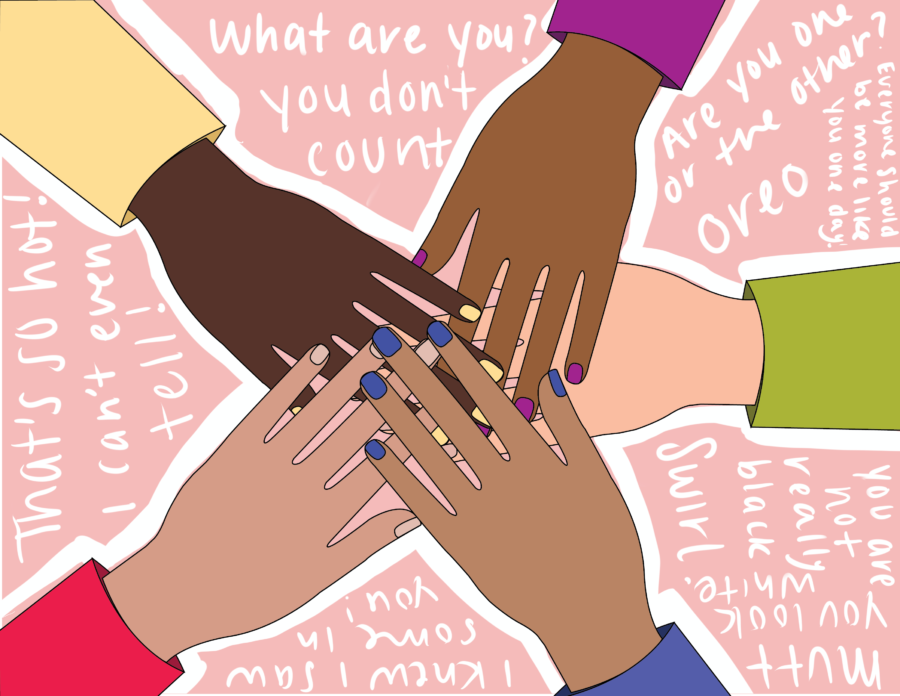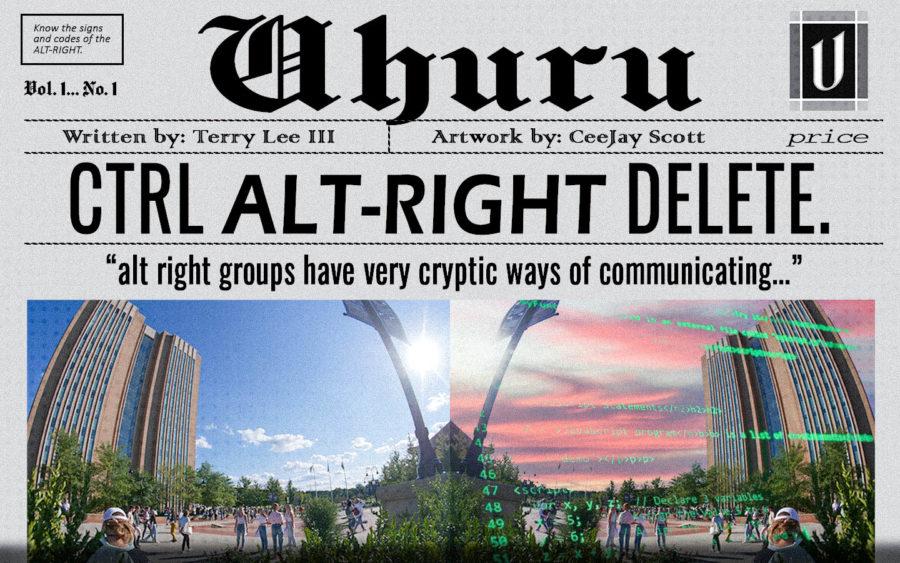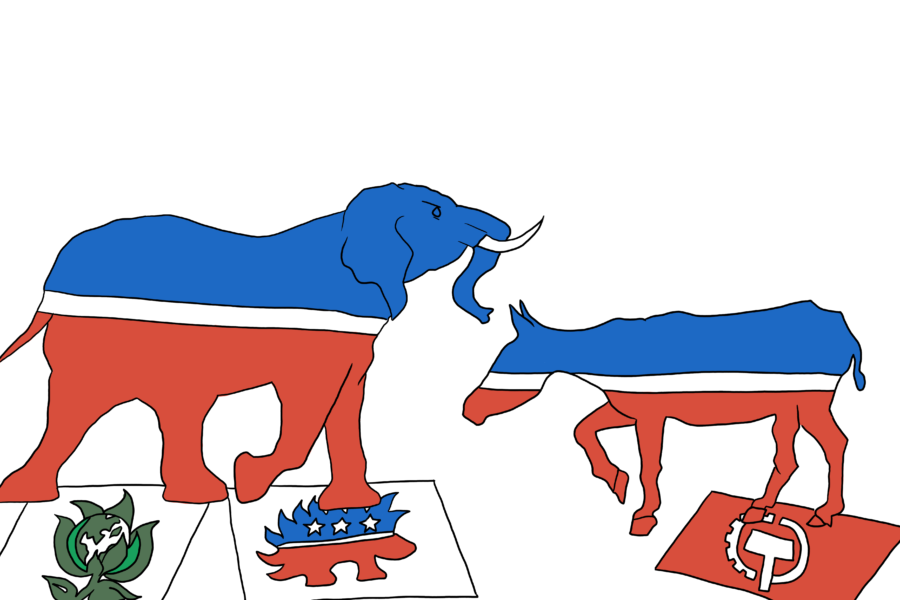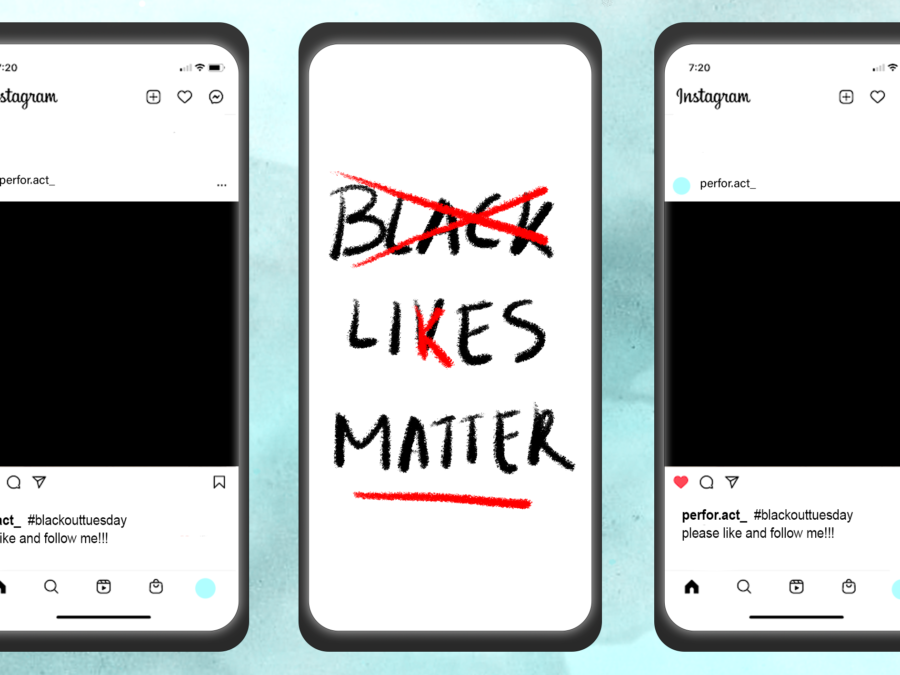Race is a description of how you look. Culture includes traditions, customs or any other non-genetic aspect. Ethnicity refers to where you and your family come from. Culture and ethnicity are typically correlated. Due to colonization and immigration, race is now thrown into the mix.
Growing up, the term “mixed” has often been used to describe a child of two or more races, usually, between a white and black parent. That has since expanded to generalize to having two parents of different racial categories.
The problem begins when those who identify as mixed do not know that they are more so speaking on their cultural and ethnic identity, but not necessarily racial identity. One could be mixed culturally, ethnically, and even racially, but that also does not determine their personal racial identity. You can be “mixed,” but be dark or pale-skinned. You can always turn out differently from your parents and not look like the typical “mixed kid”. For example, having tan/caramel skin, curly (1-3B) hair, mixed colored eyes and mixed African/European facial features. Franchesca Ramsey, a YouTuber, activist and actor, produced a video called, “The Many Problems With, ‘I Want Mixed Babies’” on the subject of fetishization of mixed kids to help showcase the topic in greater detail.
Due to racism and genetic factors, one cannot identify to be two races at once. The structural aspects of race and phenotypes come into play so that you do not get to choose your race. Race is something that is wholly outside of your decision due to race being an outside determinant of life experience. Racially ambiguous folks interact with this the most since they can experience both structural racism, but also be within the standard of acceptable beauty. This grey zone creates an identity issue of where they belong and which racial category do they fit in because depending on the situation or person, their race can be perceived differentlyRacial ambiguity should be considered a race or at least include that within the conversation since they could be mixed and always experience structural racism due to them being black compared to someone who does not and is white. One is racially ambiguous, not both black and white or any other combination of races.
Take the racial make-up of Latin America and the Carribean, for example. Due to colonization and the slave trade, the well-known concept of being Latino/a/x (having a mixture of Indigenous, African, & European ancestry) as a race is created. As time has gone on, conversations about race are finally being brought to the table. Racial discrimination exists among Black/Afro and Indigenous populations due to the fact that white and mestizo (white & indigenous) are seen as superior through the eurocentric standards that plague the Latin community.
The racial makeup of Latin America is just as racially diverse as the United States. Although Central/South America and the Carribean has had the ability and time to mix to a point of creating their own identity and culture, North America has not yet had the time to do that, though we are heading in that direction as more people get into interracial marriages throughout time. Over time, cultures will mix, creating a new identity that will encompass both, if not all, racial categories that exist within the region.
This is not to say that those who are mixed are “fake” Black people who lean on white privilege to get ahead in life; although they could easily head there (eg. Mestizos using their completion as a means of getting ahead). Mixed, as a racial identity, is a misnomer for the reality mixed kids experience throughout their life. Culture, Ethnicity and Nationality are where the “mixed” conversation can happen but race is something entirely separate and structurally created to divide us. Overall, the complexity of this identity as a topic has yet to be discussed in detail within the racial context of the U.S. and within Latin America.







